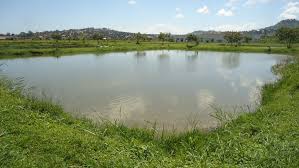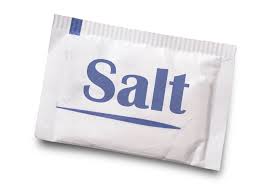 Key chemicals to prevent and cure fish diseases Part 1
Key chemicals to prevent and cure fish diseases Part 1
- Limes and calcium cyanamide are particularly useful to control pests in drained ponds
- Agro-industrial by-products such as rice bran, molasses and tobacco dust shavings can be used for similar purposes
- Organic poisons such as rotenone and saponin can control pests in undrained ponds
- Household bleach consists of a weak solution of sodium hypochlorite, which can be used as a good, general disinfectant of non-metallic equipment and working areas. As the active chlorine readily evaporates, a fresh solution should be used within two days.
- Chlorine bleach liquid is a stronger solution containing 13 percent active chlorine. It can be diluted or used directly as a strong disinfectant, for example for sterilizing tanks.
- Chlorine bleach powder contains 33 percent active chlorine. It makes a very strong disinfectant, and is especially useful for tanks.
- lodophores are organic iodine compounds sold as a brownish liquid under various trade names such as Wescodyne, Romeiod, FAM 30 and Buffodine. They are excellent disinfectants, but highly toxic to fish. The active ingredient content varies from one make to another, so check carefully before use. A concentrated solution can be stored for several months in a cool, dark place. The diluted solution remains active for up to a week, until it fades from a brown to straw colour.
READ ALSO: FIND NEW MARKETS FOR YOUR FARM PRODUCTS
- Benzalkonlum chlorides are a blend of quaternary ammonium compounds generally sold either as a powder or as a solution under various trade names such as Roccal (10 to 50 percent Al) and Hyamine 3500 (50 percent Al). These are very good disinfectants which can be reused for up to one week.
- Common salt as used in the kitchen is usually a cheap and easily available chemical (sodium chloride). In soluion, it not only kills several disease organisms but may also have positive effects on the fish by stimulating appetite and increasing mucus secretion, improving resistance to handling. Depending on the species, excess levels may however stress the fish. Thus cyprinids are more susceptible than salmonids.
Read, comment, and don’t forget to share
-Advertisement-
 Learn More
Learn More
 Learn More
Learn MoreWATCH OUT FOR Part 2…
From WORLD FARMERS CENTRE
P.S.
Dear Farmer, you can join my newly formed WORLD FARMERS CENTRE WhatsApp group to get more value from me and interact with other farmers. As soon as you join, I will send a FREE digital copy of our popular magazine FARMING ADVICE DIGEST to you. YOU CAN JOIN HERE















